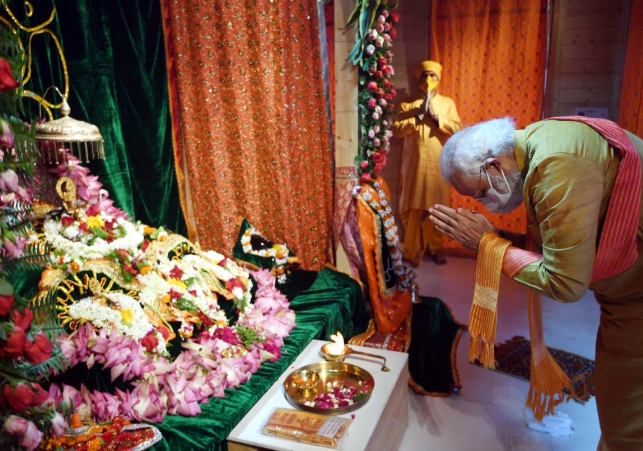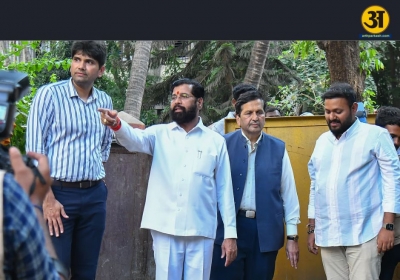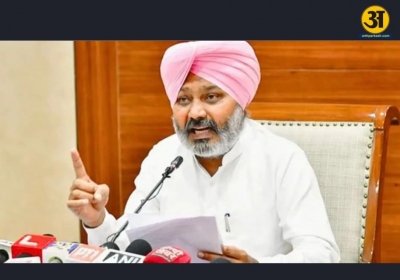
Temple entry: paving the way for a Political renaissance
A paradigm shift in politics as Temple entry initiates a new era
- By Gurmehar --
- Friday, 19 Jan, 2024
In Lucknow, BJP workers, led by Suresh Kumar, are actively engaging in a comprehensive plan to connect with voters ahead of the Ram temple inauguration in Ayodhya. Distributing uncooked rice, pamphlets, and temple invitations, they aim to establish relationships with households for future electoral gains. The BJP's meticulous strategy includes targeting specific areas and mobilizing workers effectively.
Opposition's challenge in the hinterland
Meanwhile, in villages around Bikapur, Suresh Bharati faces a tougher challenge. The BJP's outreach has reached Dalit households, promoting the temple visit and participation in PM Modi's initiatives. The Opposition, particularly the 28-party Indian National Developmental Inclusive Alliance (INDIA), grapples with countering this saffronization strategy. Despite mobilization around Dr. BR Ambedkar's legacy, the BJP's welfare schemes and the allure of the Ram Temple pose significant challenges for the Opposition in the hinterland.
The political landscape leading to the Ram Temple inauguration on January 22 reveals a stark contrast. The BJP, leveraging PM Modi's charisma and the temple agenda, implements a well-organized outreach touching 500 million people. In contrast, the INDIA bloc struggles with a scattered approach. While Hindi belt parties adopt a nuanced stance, others like DMK and Trinamool Congress take a more assertive anti-temple position.
Historical context of temple politics
The political saga around the Ram Janmabhoomi movement began post-independence, with subsequent phases marked by key events, including the razing of the Babri Masjid in 1992. Now, with the temple's inauguration, the BJP aims to solidify its diverse voter coalition using the temple as a unifying factor.
PM Modi's blend of political leadership and spiritual symbolism has resonated, especially among new BJP supporters drawn by welfare schemes and majoritarian impulses. The BJP strategically adds the Ram Temple as a binding element, emphasizing inclusivity by installing idols of figures from marginalized communities.
ALSO READ: Half-day closure of Banks and Insurance Companies on Jan 22 for Ram Temple Event
Opposition's response and challenges
The INDIA bloc aims to disassociate the temple from the BJP and Modi, focusing on issues like unemployment, law and order, and poverty. However, the lack of a cohesive narrative poses a challenge. The BSP, facing an existential battle, banks on Dr. Ambedkar's ideals to counter the BJP's Hindu pitch.
While the BJP orchestrates post-inauguration plans, including facilitating pilgrim visits, the opposition contends with the temple's electoral impact. Majoritarianism concerns emerge among Muslims, reflecting broader questions about the intersection of religion and politics in India. Beyond electoral politics, the position of faith in Indian politics enters a new era, shaping the narrative for the years to come.





